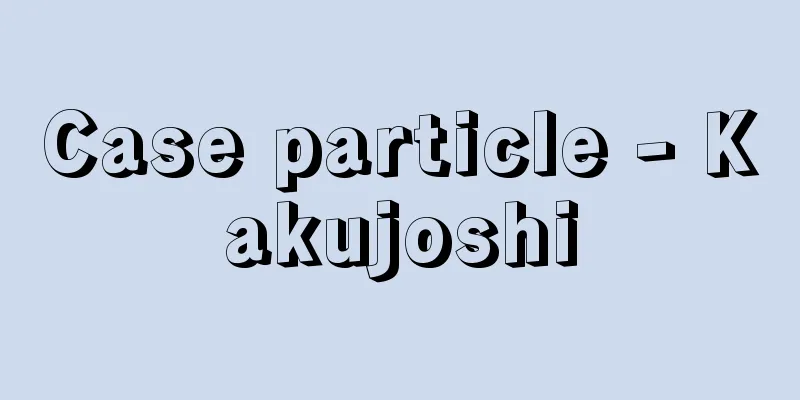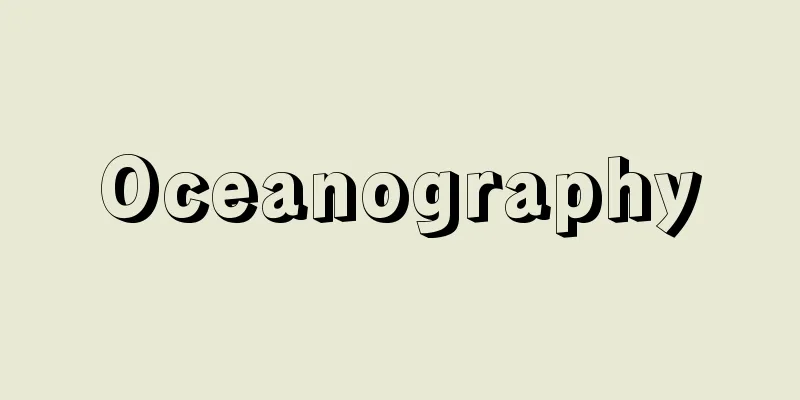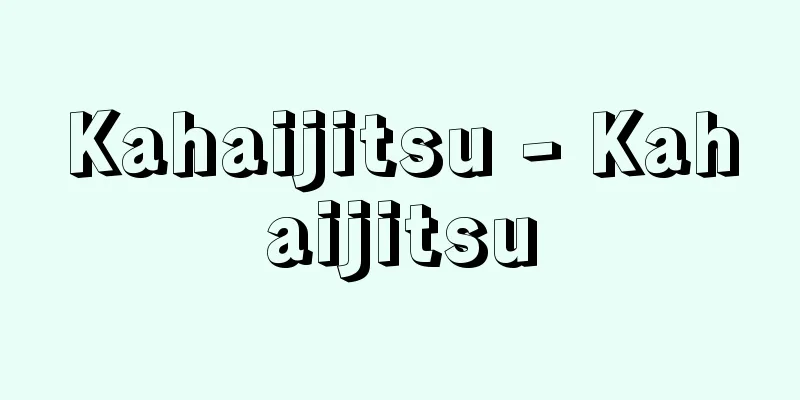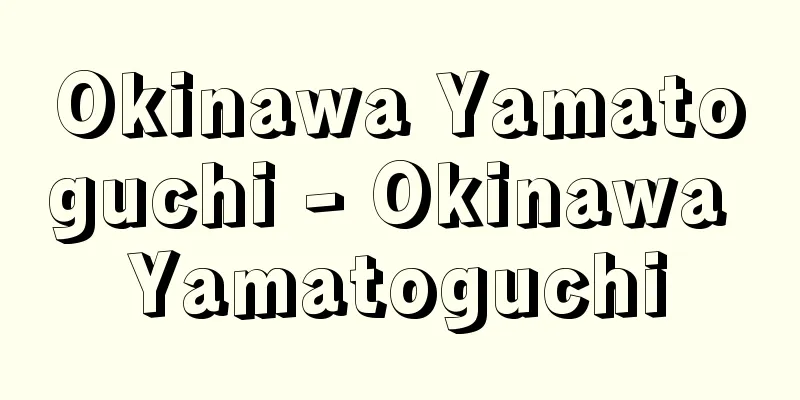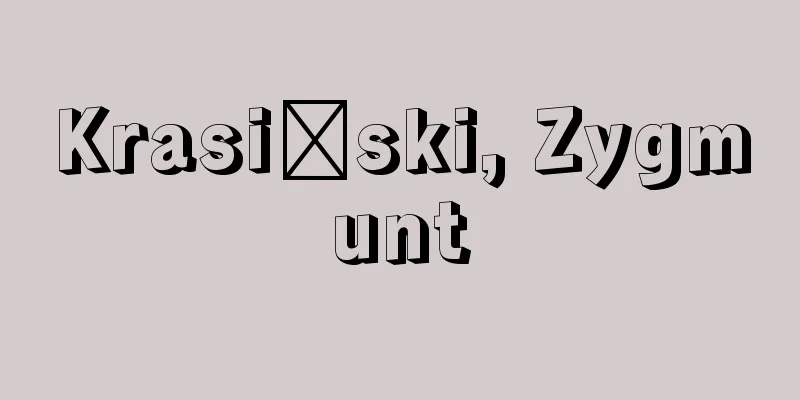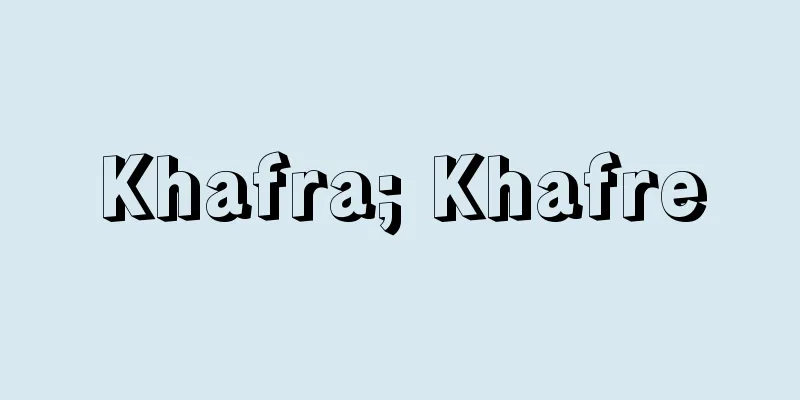Kasori Shell Mound
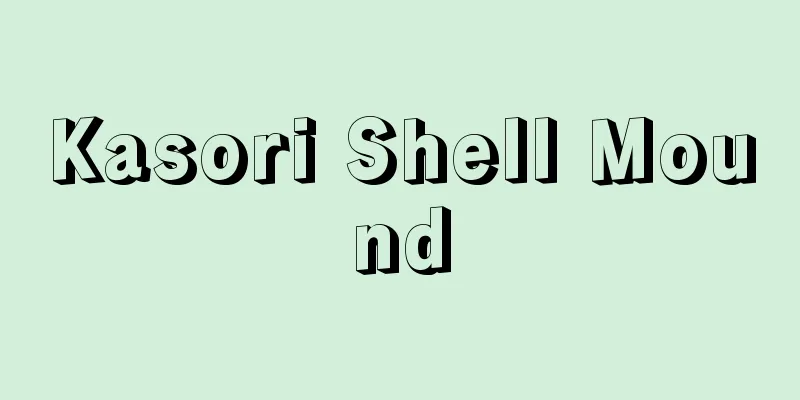
|
This Jomon period site is located in Sakuragicho, Wakaba Ward, Chiba City. Two horseshoe-shaped shell mounds, one north and one south, are adjacent to each other on a 30m-high alluvial plateau facing a tributary of the Miyako River. This is the largest shell mound, composed mainly of marine shellfish, and two types of pottery, Kasori E type and Kasori B type, have been identified. → Related topics Chiba [city] | Wakaba [ward] Source : Heibonsha Encyclopedia About MyPedia Information |
|
千葉市若葉区桜木町にある縄文(じょうもん)時代の遺跡。都川の支谷に面する標高30mの洪積台地上に,南北二つの馬蹄(ばてい)形貝塚が相接して存在する。主として海産貝類で構成されている最大規模の貝塚で,加曾利E式,B式の二つの土器型式が設定された。 →関連項目千葉[市]|若葉[区] 出典 株式会社平凡社百科事典マイペディアについて 情報 |
Recommend
Sweet dew soy sauce - Kanro soy sauce
... Tamari soy sauce is made by heating a large a...
Yellow mountain columbine - Yellow mountain columbine
...The flowers of the mountain columbine A. buerg...
Image, J.
...Several feature-length animated films were pro...
Early modern daimyo
...Daimyo, the term used to refer to warriors dir...
Anjou blanc (English spelling)
...The western region, which is part of the Armou...
Yellow Amana - Yellow Amana
A beautiful yellow-flowered perennial plant of the...
Climate factors - climate indicators
Climate factors affecting the climate of each regi...
Mathematical economics
A general term for economics that employs mathema...
"The Chronicle of the Great Happiness of Being Reborn in Jambudvipa"
…He returned to Kyoto in 1890 with the start of t...
Oda government
→ Azuchi-Momoyama government Source: Shogakukan E...
Kingdomia
…It is generally considered to be close to the Ra...
Soo Canals
…the canals on the St. Mary's River, located ...
Yuwen Tai
He was the powerful man of the Western Wei dynast...
Tanguy - Yve Tanguy
A French painter and one of the leading figures o...
Arechinogiku - Arechinogiku
A naturalized one- or two-year-old plant of the A...
